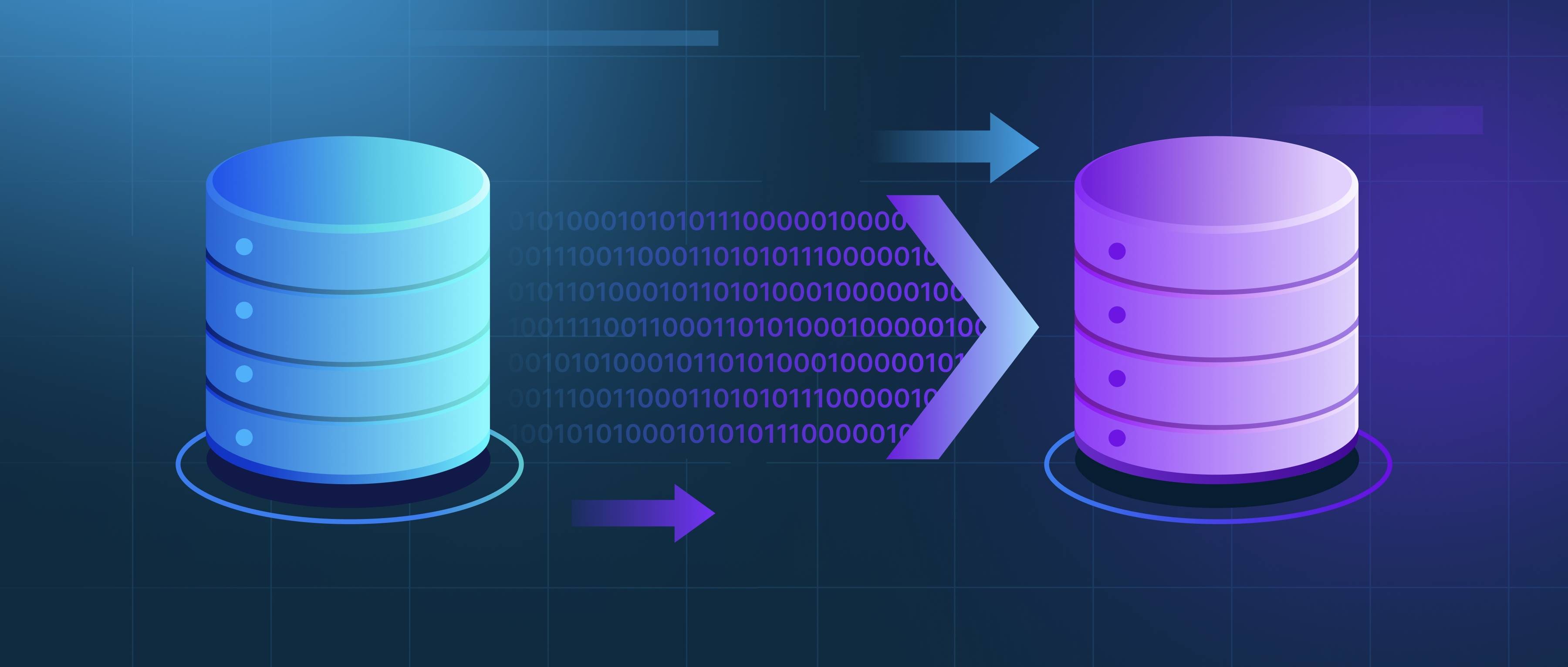Caching improves vector search performance by reducing redundant computation and data access. When dealing with high-dimensional vectors, operations like similarity calculations or nearest-neighbor searches can be resource-intensive. Caching strategically stores reusable data, minimizing the need to reprocess identical requests or reload frequently accessed information. This directly lowers latency, reduces I/O overhead, and improves scalability for applications like recommendation systems or semantic search.
One approach is caching the results of frequent or repeated search queries. For example, in an e-commerce platform, users might often search for "black running shoes" or "wireless headphones." Storing the top-k similar product vectors for these queries in a fast-access cache (like Redis or in-memory storage) allows subsequent identical requests to skip the full search process. This is particularly effective when user behavior follows patterns, such as trending products or seasonal searches. Caching results also reduces load on vector databases, freeing resources for handling unique queries.
Another method involves caching frequently accessed vectors themselves. In a recommendation system, popular items (like viral videos or best-selling products) might be queried thousands of times per second. Storing their vector embeddings in memory avoids repeated disk or network fetches from a database. For instance, a social media app could cache user or post embeddings for active accounts to speed up real-time feed generation. Additionally, intermediate data structures—like graph layers in HNSW indexes or partial distance calculations—can be cached to accelerate traversal steps during searches. This is useful when multiple queries share overlapping computation paths, such as clustering similar user profiles.
Finally, caching can optimize indexing and preprocessing. Vector indexes often involve hierarchical structures or partitioned datasets. Caching metadata (like centroid vectors in a product quantization system) or precomputed clusters reduces the overhead of rebuilding or navigating these structures. For example, in a multi-tenant AI service, caching tenant-specific index segments ensures faster isolation of relevant data. By balancing cache size and invalidation policies (like time-based expiration), developers ensure cached data remains relevant without excessive memory use.
